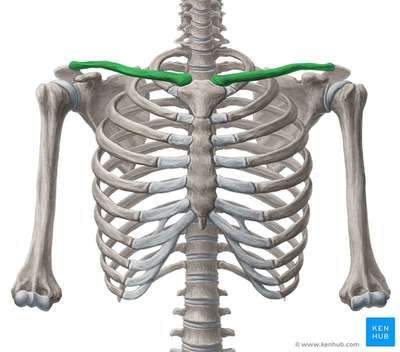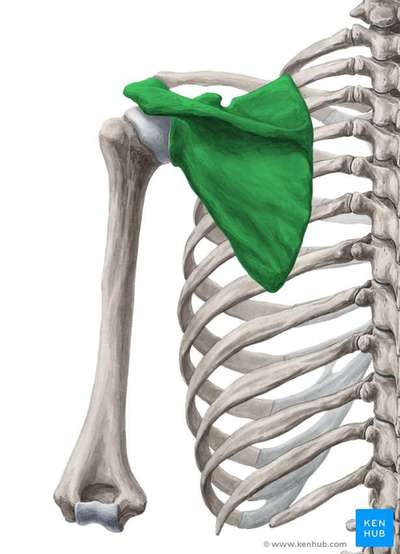Have you ever tried to get ready for work without moving your shoulders?
Getting ready without using your shoulders would certainly make things difficult!
They are an active part of reaching up to wash hair, overhead lifting to get a shirt from the closet, or reaching behind the back to clasp a bra. They are a complex, beautiful, collective system of stabilized mobility which allows us to do any number of tasks seamlessly without pain…in a perfect world. The reality is…pain happens. The shoulders are pretty particular about how we treat them and we often ignore their cues. These subtle cues are helpful indicators of dysfunction or underlying issues. And if we ignore those cues long enough, we can develop major problems.
Shoulders function best when we maintain proper posture.
Unfortunately, we often spend the majority of our day hunched over our phones or the computer with those poor shoulders rolled forward.
This forward rolled position puts undue stress on all of the components of the shoulder joint complex as well as the muscles and joints of the neck and upper back. Over time, this position starts to feel like our natural position and we spend less and less time in a proper posture.
Repetitive shoulder tasks in this already compromised position could lead to degenerative changes or tears which would further diminish the functionality of the shoulder. Repetitive shoulder motions are often associated with sports like baseball, swimming, gymnastics, and weightlifting, but you don’t have to be a professional athlete to abuse your shoulders! Picking up kids, repeatedly throwing a heavy purse over your shoulder, or even folding laundry can be all it takes for your shoulders to yell “enough is enough!”
The Basics

The Collar Bone.

The AC Joint.

The Glenohumeral Joint.

The Shoulder Blade.
So what are the shoulders trying to tell us?
Sometimes, mild soreness or clicking in the shoulders simply means your arms need a little rest or your posture has been slacking. However, it is important to have a proper evaluation to rule out any underlying conditions. Common causes of shoulder pain include bursitis, tendonitis, impingement, or rotator cuff tears.
Shoulder Bursitis
Bursae are small (sometimes microscopic), fluid filled sacs located in areas of friction—like between tendons and bones. They act as cushions to help reduce resistance and allow structures to glide smoothly. Sometimes, irritation will cause swelling of the bursa which inhibits that smooth movement. Inflammation of the bursa is called bursitis and the most common location of bursitis in the shoulder is under the AC joint.
Symptoms of bursitis vary depending on the type and severity of the inflammation. Generally, there will be pain in the front or outside of the shoulder which is aggravated with reaching or overhead lifting. The pain is also often worse at night, interrupting sleep. Rolling over the affected shoulder during sleep can cause pressure on the inflamed bursa and increase pain. Occasionally, more serious symptoms such as redness or heat at the site of pain may occur. If these symptoms are accompanied with fever, seek medical attention to rule out infection.
What causes irritation of the bursa?

Repetitive Motion.

Trauma.

Inflammation.
Shoulder Tendonitis/Tendinopathy
Tendinopathy can occur simply due to repetitive motions.
But more often, it develops as a result of some other shoulder condition such as bursitis, impingement or instability.
A tendon is a cord that connects a muscle to the bone. There are many tendons involved in shoulder function, but the tendons of the rotator cuff and bicep muscles are most commonly associated with tendonitis and tendinopathy. Tendonitis is an inflammation of the tendon whereas tendinopathy is a degeneration of the tendon. These terms are often used interchangeably though.
Like bursitis, shoulder tendinopathy symptoms vary and are often aggravated by reaching or overhead lifting. Pain is also frequently worse at night from laying on the affected shoulder. Unlike bursitis, tendinopathy may feel like a burning sensation that travels into the upper arm. It may also result in decreased range of motion or weakness of certain movements like pushing and overhead motion.
Shoulder Impingement
Shoulder impingement is believed to account for up to 65% of all shoulder complaints.
Impingement of the shoulder is when the top hook of the shoulder blade, called the acromion, “impinges” or pinches the soft tissues under it. Those underlying soft tissues include rotator cuff tendons as well as a bursa.
Symptoms of impingement are similar to that of bursitis and tendonitis. Generally there will be pain in the front of the shoulder which is worse with lifting or reaching. There may also be arm weakness or pain when reaching behind the back. Symptoms of impingement usually develop gradually over weeks or months.
What causes shoulder impingement?

Muscle Imbalance.

Structure.

Degeneration.

Inflammation.
Rotator Cuff Tear
There are 4 muscles that make up the rotator cuff of the shoulder. Because of their name, we often think of their role as mainly for “rotation” of the arm in that ball-and-socket joint. However, the most important role of the rotator cuff muscles is keeping the head of the upper arm bone firmly in the socket. The glenohumeral joint is not an especially sturdy ball-and-socket joint. It is more like a golf ball on a golf tee. A tear in the rotator cuff muscles will result in loss of shoulder stability and the entire movement pattern of our shoulder will change.
Rotator cuff tears can occur acutely as a result of injuries in sports, falls, or motor vehicle accidents. More often, though, rotator cuff tears develop gradually from repetitive motions, especially overhead lifting. Research has shown that most rotator cuff tears actually start with impingement.
If you have shoulder pain, don't ignore it anymore!
It is important to remember that pain is not always the best indicator of dysfunction.
An underlying dysfunctional movement pattern can exist long before pain appears. So if you have pain in your shoulders or those shoulders are giving you subtle clues like clicking, a little twinge with overhead lifting, or limited range of motion—see the team at Champion Wellness for a full assessment. After your evaluation, our conservative care system focuses on maintaining proper functional movement patterns as well as prevention of further injury. Our goal is for you to return to you daily activities or sport without dysfunction!
